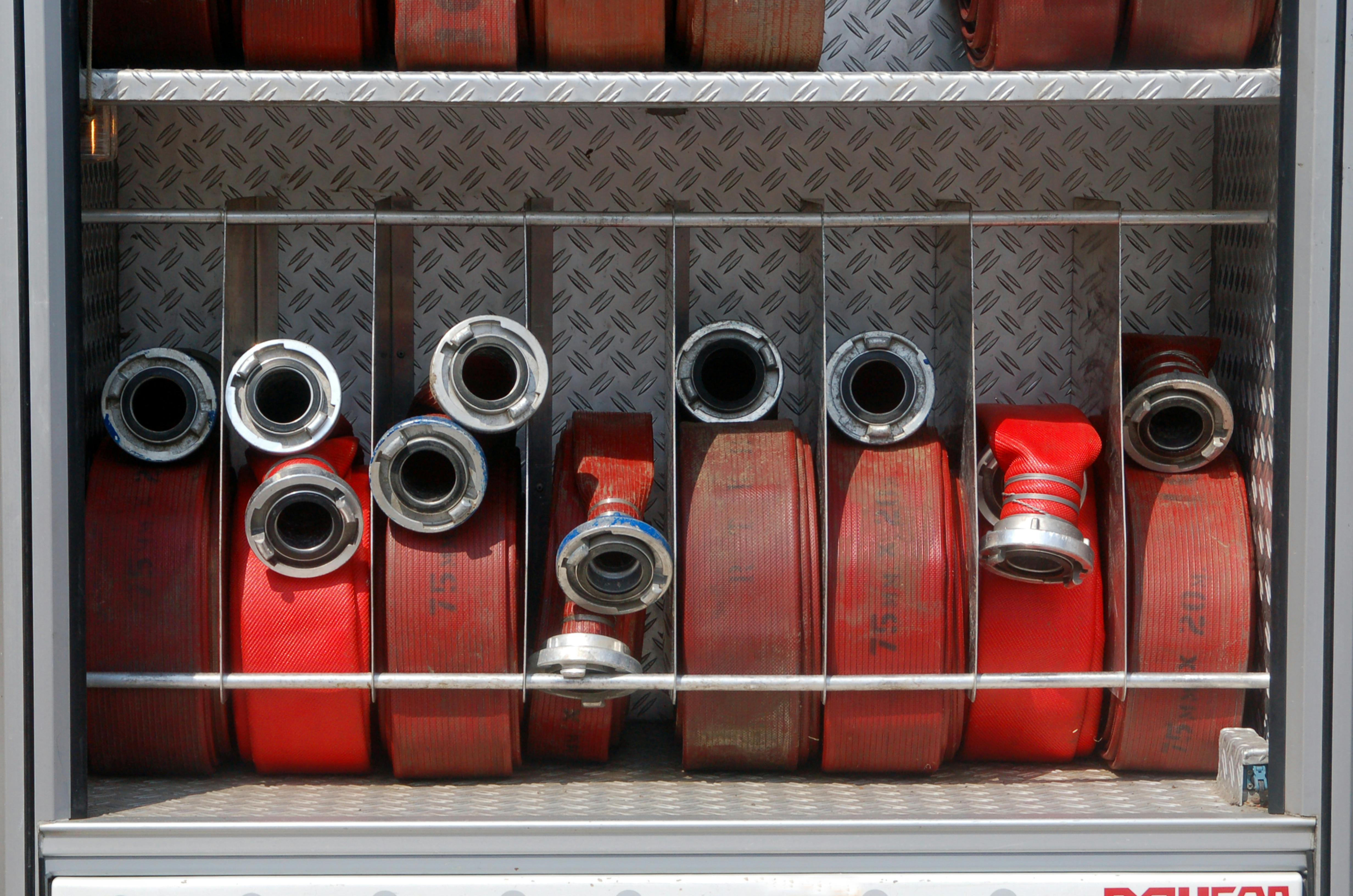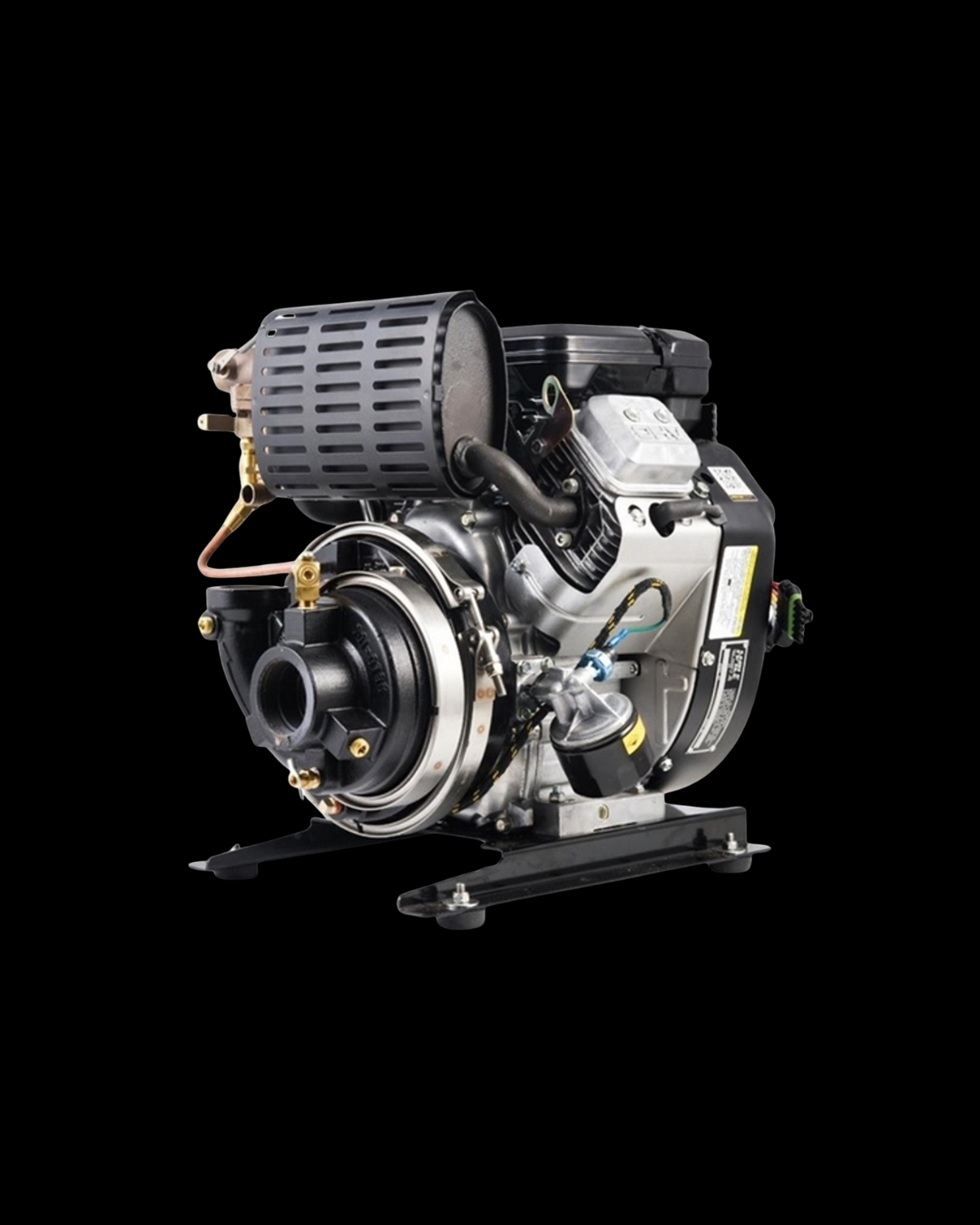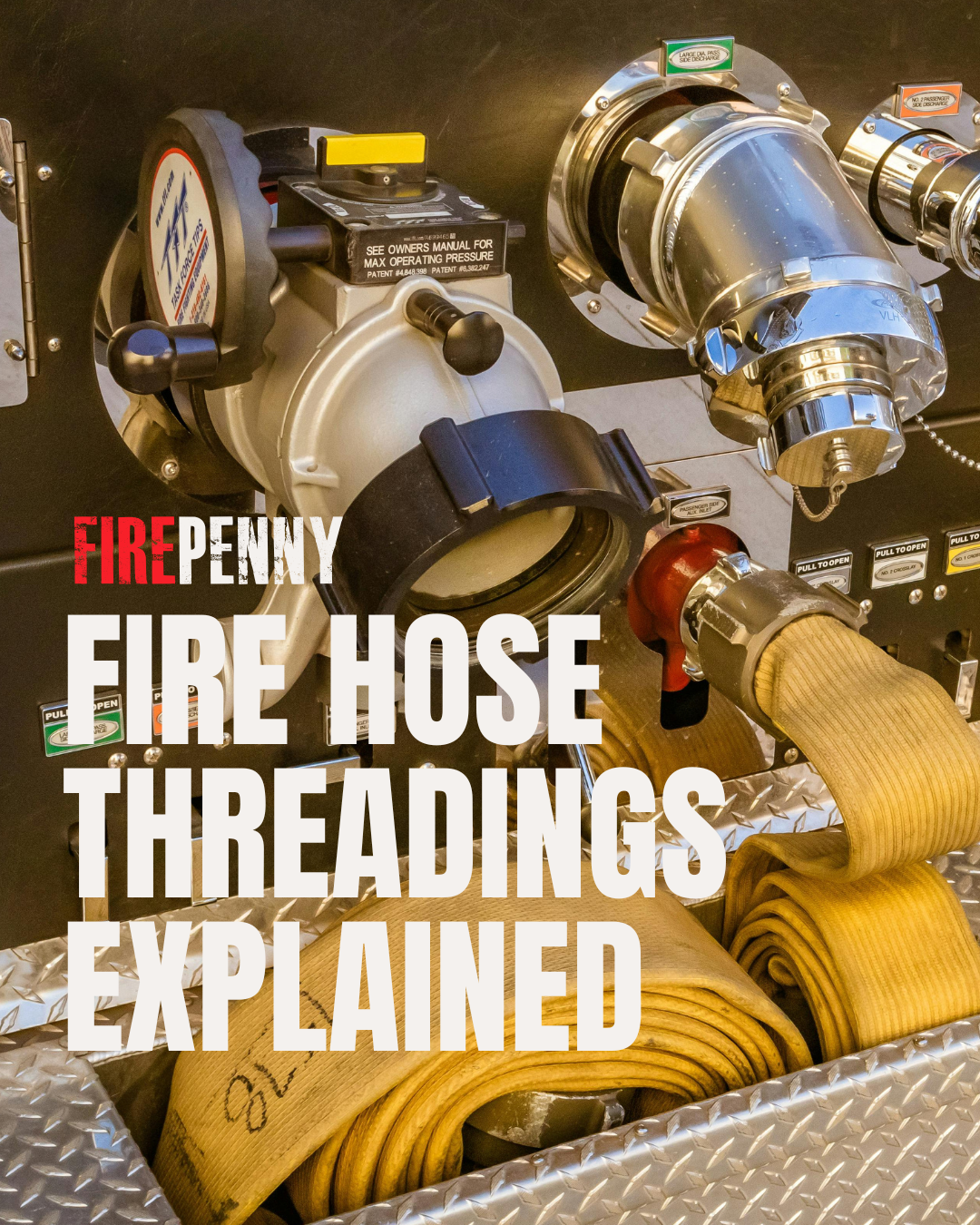Navigating Fire Hose Threadings
Posted by Firepenny on May 9th 2024
Posted by Firepenny on May 9th 2024
When it comes to firefighting equipment, every detail matters. From nozzles and pumps to couplings and connectors, each component plays a crucial role in ensuring the safety of both firefighters and civilians. One often-overlooked but essential piece of the puzzle is fire hose threading.
Fire hose threadings determine how hoses, hydrants, pumps, and nozzles connect—and whether they connect at all. Incompatibility can waste valuable seconds in an emergency. That’s why understanding the most common types of fire hose threadings is vital for fire departments, industrial safety teams, and wildland crews.
In this guide, we’ll break down the major types of fire hose threadings—NST/NPSH, NPT, BIC, Storz, and Camlock—and explain where and why they’re used.

Most Common in North America: NST (also called NPSH) is the standard threading for fire hoses and hydrants in the U.S. and Canada.
Design: Straight threads with a 60° thread angle and sealing surface.
Advantages: Provides a tight seal, easy to connect and disconnect in the field.
Use Cases: Hydrants, attack hoses, and most standard fire department connections.

Pictured: South Park Double Female Swivel Chrome Plated Coupling
Tapered Threads: NPT uses a 60° angle with tapering for a compression fit.
Applications in Firefighting: While not as common as NST, NPT is used for pump connections, valves, and threaded pipe fittings.
Sealant Needed: Requires PTFE tape or thread sealant to prevent leaks.

Pictured: Hale HPX75-B23 Firefighting Pump
Widely Used in the UK: Standard for British fire services and countries using British standards.
Design: Symmetrical 55° thread angle.
Speed & Efficiency: Engineered for rapid connection/disconnection, crucial in high-pressure firefighting.
Use Cases: Municipal firefighting and hose-to-hose coupling in British systems.
European Standard: Popular across Germany, France, and much of Europe.
Design: Symmetrical connection with a 45° thread angle and bayonet-style twist lock.
Advantages: Resistant to vibration, can withstand high pressures, and allows ultra-fast connections.
Use Cases: Firefighting, industrial water transfer, and aviation fuel systems.
Industrial & Firefighting Applications: Common in agriculture, chemical transfer, and some firefighting systems.
Design: Lever arms (“cams”) lock the male and female ends securely.
Advantages: Quick connection/disconnection without tools.
Use Cases: Transfer of water, foam, or chemicals in emergency and industrial operations.
Choosing the correct fire hose threading isn’t just a matter of preference—it’s about compatibility, speed, and safety. A mismatch between hose and hydrant threads can slow down operations or render equipment useless in a critical moment.
By understanding and stocking the correct fittings—NST/NPSH, NPT, BIC, Storz, and Camlock—fire departments can ensure readiness for mutual aid responses, cross-border operations, and diverse firefighting environments.
Fire hose threadings are the unsung heroes of firefighting equipment. From standard NST hydrant connections in North America to Storz couplings in Europe, each threading type has its own advantages and specialized use cases.
At Firepenny.com, we carry a wide range of hose couplings, adapters, fire hoses, nozzles, and wildland firefighting gear at some of the lowest prices in the business. Whether you’re equipping a municipal department, outfitting a wildland crew, or replacing adapters for industrial firefighting, we’ve got you covered.
